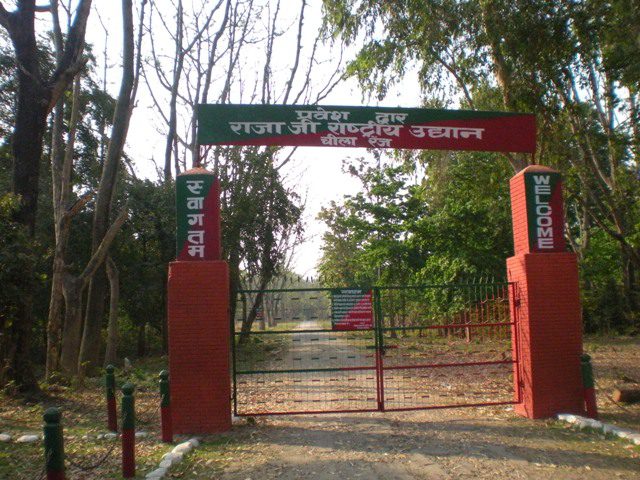Haridwar/Dehradun/Pauri Garhwal: The Forest Department has announced a significant change in the patrolling methods within the Rajaji Tiger Reserve (RTR) to better manage human-wildlife conflict and ensure the safety of both the local population and wildlife. Moving away from fixed patrolling schedules, forest workers will now tailor their patrols based on real-time wildlife movement patterns, a shift expected to reduce conflict incidents significantly.
Study Launched to Understand Wildlife Movement Patterns
RTR is home to several important wildlife corridors, including Teenpani, Asha Rodi-Mohan, and Cheela-Motichur corridors, which serve as crucial passages connecting different forest areas. To optimize patrolling schedules, the Forest Department, in collaboration with the World Wide Fund for Nature (WWF), has initiated a detailed study using camera traps to monitor wildlife movement across these corridors.
According to RTR Director and 2010 batch IFS officer Koko Rose, this study aims to gather comprehensive data on which species move through these corridors, at what times, and in which specific areas. “Once we have this data, we will be able to adapt the patrols of forest personnel accordingly, reducing unnecessary overlaps and focusing efforts where and when wildlife activity is highest,” he said.

Patrolling Strategy Shift to Reduce Conflicts and Inform Development
The new patrolling method aims not only to mitigate human-wildlife conflicts but also to provide vital data for future development projects in the region. With detailed information about wildlife movement, authorities will be better equipped to design infrastructure projects such as wildlife underpasses and corridors that ensure safe passage for animals while minimizing encounters with humans.
The Forest Department has been grappling with the challenge of human-wildlife conflict, especially with the rising number of tigers and leopards in recent years due to successful conservation efforts and improved security. The department reports that since the formation of the state till 2024, 1,221 people have tragically died in wildlife attacks, underscoring the urgency of more effective management strategies.
AI Technology Deployed in Corbett Tiger Reserve for Early Warning
Alongside the initiatives in Rajaji, the Corbett Tiger Reserve (CTR) has incorporated Artificial Intelligence (AI)-enabled camera traps to monitor wildlife movement, particularly to detect when animals venture out of forested areas towards human settlements.
2008 batch IFS officer Saket Badola, Director of Corbett Tiger Reserve, highlighted the success of this technology in providing early warnings and preventing potential conflict.
“The AI cameras have proved very beneficial in alerting forest personnel when wildlife is near human habitats, enabling timely intervention,” said Badola. The use of such technology has been considered for expansion to other reserves, including Tadoba-Andhari Tiger Reserve, particularly to mitigate damage caused by elephants.
A Step Towards Harmonious Coexistence
These new approaches – leveraging scientific data and advanced technology – mark a crucial step towards fostering safer coexistence between humans and wildlife in Uttarakhand’s tiger reserves. By aligning patrol efforts with animal behavior patterns and employing AI monitoring, the Forest Department hopes to significantly reduce casualties and promote wildlife conservation.
About RTR
Rajaji Tiger Reserve (RTR), located in Uttarakhand, spans the Shivalik foothills across Haridwar, Dehradun, and Pauri Garhwal districts. Named after C. Rajagopalachari, it is a vital habitat for Bengal tigers, elephants, leopards, and diverse wildlife. RTR serves as an important corridor connecting forests, aiding animal movement and reducing conflicts. The reserve focuses on tiger conservation, anti-poaching, and human-wildlife conflict mitigation using technology and adaptive patrolling. RTR also promotes eco-tourism and environmental education for sustainable coexistence.



























